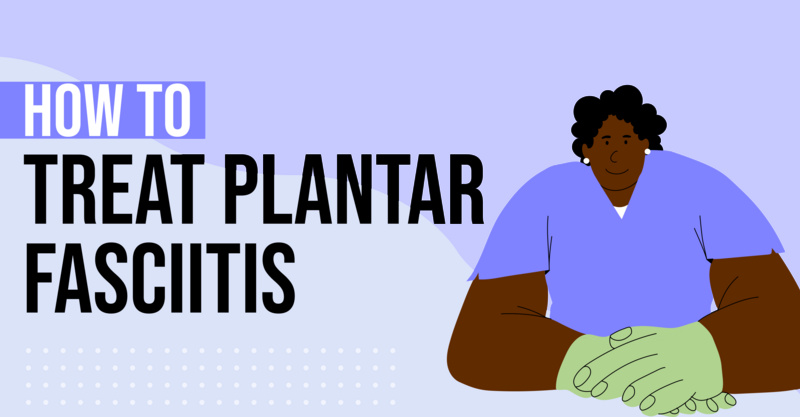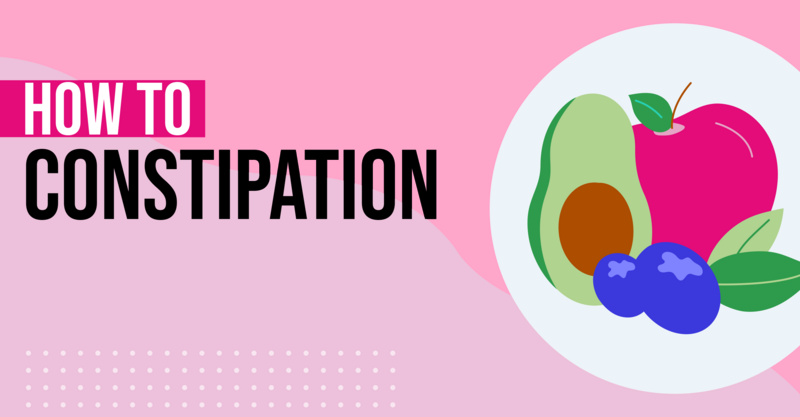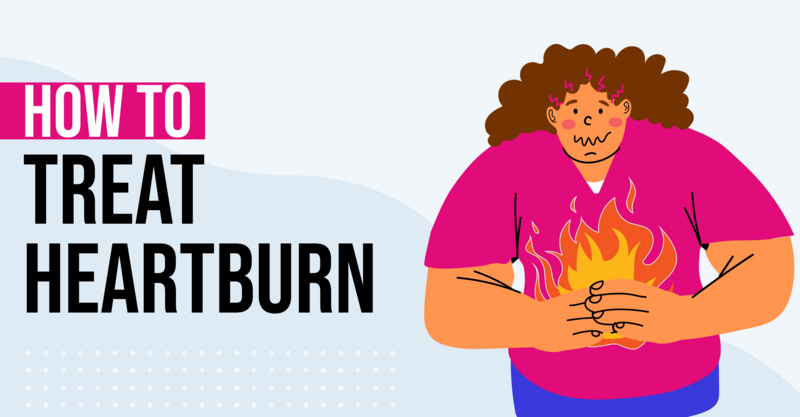Key Points
- Spinal stenosis is a condition where the spinal column narrows, leading to symptoms such as weakness, numbness, and lower back pain.
- The primary cause of spinal stenosis is aging, but other factors like spinal injuries, bone spurs, arthritis, bone tumors, and Paget's disease can also contribute.
- Regular doctor visits and spine protection are recommended to prevent spinal stenosis, particularly as one gets older.
- Treatment for spinal stenosis varies from medications and physical therapy to braces and, in severe situations, surgery.
- The article also provides a list of questions a doctor may ask to diagnose spinal stenosis and alternative names for the condition.
Possible Symptoms for Spinal Stenosis
1. Narrowing of the Spinal Column
Spinal stenosis is the condition that occurs when the spinal column begins to narrow.[1] This can be a very serious problem if the narrowing is severe. If it is minor, however, you might not experience any symptoms indicating you have spinal stenosis.
2. Weakness in the Extremities
Whenever your spinal column starts to narrow, it can begin to pinch or compress the spinal cord, leading to a variety of issues. One of these is a weakness in the legs or arms. This occurs because the spinal nerves need to send signals to and from the arms and legs, so you’ll most likely experience this symptom in your limbs if you have spinal stenosis.
3. Numbness in the Extremities
Numbness can begin to occur in your legs or your buttocks when you have severe spinal stenosis. This usually occurs when you are standing or walking.[1] Sitting can relieve these issues, but they will likely return once you stand back up. The numbness and weakness in your extremities can also lead to problems with balance.
4. Pain in the Lower Back
Lower back pain can be a symptom for a host of conditions, but one of the ways to tell if your pain is caused by spinal stenosis is to notice when it occurs. If you have low back pain when walking or standing, then you might have spinal stenosis. Pain moving down the leg or foot pain may also be a sign.[2]
Top 5 Causes of Spinal Stenosis
1. Aging
Aging is the main cause of spinal stenosis. People over the age of 50 are those most likely to experience problems with this condition.[2] Still, younger individuals can develop spinal stenosis if they have a narrow spinal canal or a spinal defect from birth.
2. Spinal Injury
Injury to the spine is another way spinal stenosis can develop. This can happen at any age.
3. Age-related Conditions
Certain conditions that come with aging can potentially cause spinal stenoses, such as bone spurs, scoliosis, osteoarthritis, and rheumatoid arthritis.[1] These often develop later in life. However, someone with achondroplasia, which is a form of dwarfism, can develop this disorder as a result of their condition.
4. Bone Tumors
Tumors that appear inside the bones can be a possible cause of spinal stenosis. These tumors could be malignant or benign and could cause the spinal cord to narrow over time.
5. Paget’s Disease
Paget’s disease of the bone is rare, but it does occur. Instead of bones repairing themselves at a slower rate as a person ages, Paget’s disease causes the bones to repair faster, which can cause abnormal bone structures, which in turn lead to spinal stenosis.[3]
2 Ways to Prevent Spinal Stenosis
1. Visit your Doctor
Unfortunately, there is no specific action you can take to prevent spinal stenosis other than to visit your doctor as you age. You can talk to your doctor about any symptoms related to aging disorders, such as arthritis. You should also get checked for scoliosis when you are young to make sure you don’t have any signs of this disorder.
2. Protect your Spine and Lower Back
Injury is a preventable cause of spinal stenosis. For example, a herniated disc could lead to spinal stenosis later in life.[4] Therefore, make sure you always protect your spine and low back from injury. Always lift objects with your legs and not your back, wear your seat belt whenever you are in a car, correct your posture so you do not put unnecessary pressure on your back, and make sure to exercise regularly without overdoing it.[5]
Possible Spinal Stenosis Treatment Options
1. Medications
Often, pharmaceuticals are the first line of defense against spinal stenosis. They are used to reduce pain and swelling.[1] NSAIDs may be helpful, and some individuals with more severe symptoms might find cortisone injections into the spinal column to be effective.
2. Physical Therapy
Physical therapy can also help with spinal stenosis. Some patients do physical therapy because it is a more natural way to manage pain than using NSAIDs. It can also help strengthen the muscles and stretch the parts of the body affected by spinal stenosis.[1]
3. Braces
A brace can sometimes be used to take the pressure off the spinal cord when spinal stenosis occurs. It can make it easier to do daily activities without experiencing the symptoms of pain, weakness, or numbness. It is always a good idea to check with a doctor before starting to wear a brace.
4. Surgery
Sometimes, the pain from spinal stenosis can be so great that surgery is required. This can also be necessary if the individual has suffered any neurological problems.[1] Surgery helps reduce the pressure put on the spine through a permanent solution like removing part of the vertebrae (laminectomy), widening the spine where the nerves are exiting it (foraminotomy), or fusing the bones in the spine with bone grafts or metal implants. This last option is usually only necessary if the case is severe and multiple levels of the spine are affected.
Questions Your Doctor May Ask about Spinal Stenosis
- Are you experiencing any of the symptoms or side effects of spinal stenoses, such as pain or numbness in your limbs or lower back pain?
- Did you injure your spine at any point recently?
- Are you over the age of 50?
- Do you have rheumatoid arthritis or osteoarthritis?
Spinal Stenosis May Also be Known as:
- Spinal narrowing
- Pinching of the spinal cord
- Pseudo-claudication
- Central spinal stenosis
- Foraminal spinal stenosis
References
Frequently asked questions
What is spinal stenosis?
Spinal stenosis is a condition where the spinal column narrows, causing potential symptoms like weakness, numbness, and lower back pain.What are the main causes of spinal stenosis?
The main cause of spinal stenosis is aging, but it can also be caused by spinal injuries, age-related conditions like bone spurs and arthritis, bone tumors, and Paget's disease.How can spinal stenosis be prevented?
Prevention methods include regular doctor visits, especially as one ages, and protecting the spine from injury.What are the treatment options for spinal stenosis?
Treatment options range from medications and physical therapy to braces and, in severe cases, surgery.What questions might a doctor ask to diagnose spinal stenosis?
The article doesn't specify the questions, but it mentions that a doctor may ask certain questions to diagnose the condition.Are there other names for spinal stenosis?
Yes, the article mentions that there are alternative names for spinal stenosis, though it doesn't list them specifically.Can younger people get spinal stenosis?
While aging is the primary cause, spinal stenosis can also occur due to spinal injuries or diseases like bone tumors and Paget's disease, which can affect people of any age.Is surgery always necessary for spinal stenosis?
No, surgery is not always necessary. Treatment options can range from medications and physical therapy to braces. Surgery is typically considered in severe cases.
Solv has strict sourcing guidelines and relies on peer-reviewed studies, academic research institutions, and medical associations. We avoid using tertiary references.









